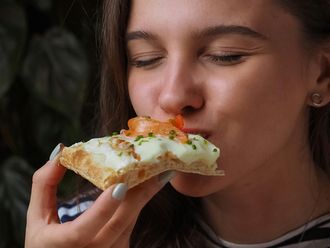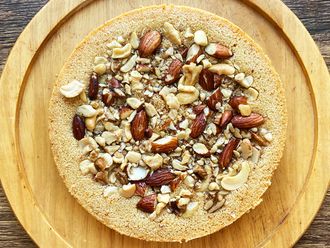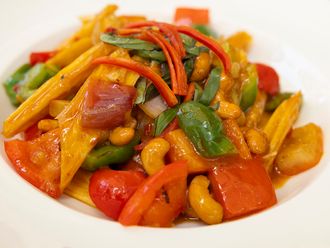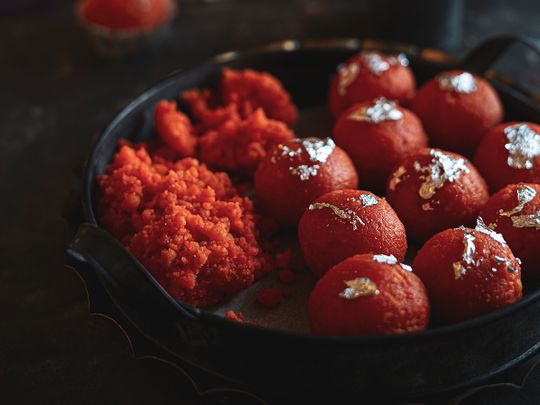
In the hierarchy of Indian sweets, the laddoo has to be one of the top occupants. A staple sweetmeat for every occasion – be it a wedding, a promotion or just a happy mood – laddoo marks a celebration of sorts. The spherical dessert is usually made from gram flour, clarified butter and sugar; however, it varies from region to region across India, and comes with a flavoursome history.
A treat with a treatment
This dessert came from humble beginnings in 4 BC, after Indian physician Sushruta, who is popularly known as the ‘father of surgery’ in India, made it. It is believed that he used a mix of ingredients with high nutritional value such as sesame seeds, jaggery, and peanuts; rolled them up into palm-sized spheres and coated them with honey. Thus, the til ke laddoo was born.
These laddoos served a higher purpose when administered by Sushruta – he used these ingredients, sometimes hid a medicine within it, and served it to his patients post-surgery. According to notable Indian food historian K T Achaya’s ‘A Historical Dictionary of Indian Food’, the laddoo has played an integral part in Indian cuisine much before Sushruta put it to a medical use.
“Laddu (also spelled laddoo), a round, sweet, ball is probably the most universally popular Indian sweet and one of the most ancient. It is given as an offering to deities at Hindu temples and served at many Hindu festivals and ceremonies. A laddoo would have coarser granules. It is mentioned in Kannada literature of a few centuries ago (Supa sastra of Mangarsa, written in 1516 AD), and as a food item of Bihar about a century ago. The sculpted or painted figure of the Hindu deity Ganesha frequently holds in one hand what appears to be balls of motichur, as in the great Lingaraja temple of Bhubaneswar (as recorded by Ayodhya Prasad Shah in the ‘Life in Medieval Orissa’),” he wrote.
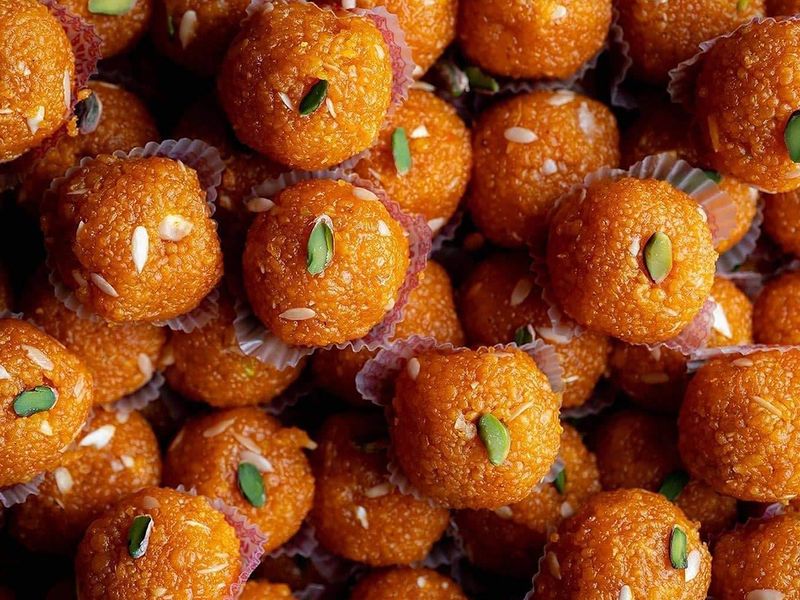
Sushruta’s version of the laddoo was purely based on Ayurvedic principles and were given to patients to increase immunity while recovering. Another eastern folklore narrates that a vaid’s (a practitioner of Ayurvedic medicine) assistant accidentally dropped ghee or clarified butter while making medicine. As a means to cover up for his mistake, he rolled the medicine into balls and gave it to patients.
There are also several historical records from the Chola dynasty reign in India, which talk about how soldiers from the empire would carry these laddoos as a symbol of good luck as they prepared for war. In addition to this, laddoo became even more popular among the people in India because of its long shelf life.
As time passed, laddoos started being served in different forms, and varied from region to region, especially because it was made with ingredients that were available at the time.
A sweeter turn
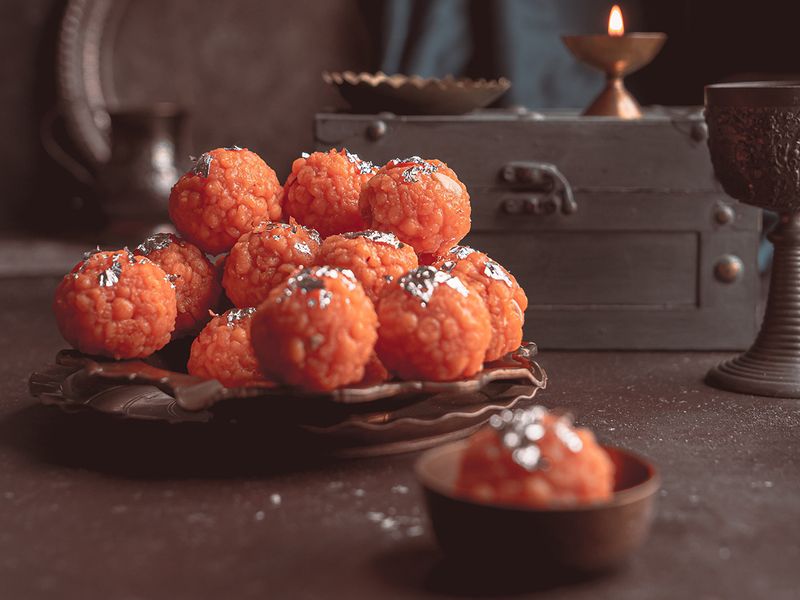
When the British arrived in India, the jaggery in the laddoos was replaced by sugar and these sweeter versions caught on to every tongue that tried it. However, it was thaggu ke laddoo (which means a thug’s laddoo), a sweet shop in Kanpur, Uttar Pradesh, which set the benchmark for all laddoos across India. The traditional laddoo, which used sesame and clarified butter, were replaced with khoya (milk solids), suji (wheat granules) and gond (tree sap) – all thanks to the Indian confectioner, Mattha Pandey. According to thebetterindia.com, “Mattha Pandey, its founder, was a staunch supporter of Gandhi, who had denounced sugar as ‘white poison’. But people were still consuming it and paying a lot of money for it. Thus, they were being tricked by the British.
“This put him in a dilemma because he wanted to avoid using sugar but there was no way to prepare these laddoos without it, as sugar was very easily available back then and also cheap. Therefore, he decided to call them ‘Thaggu Ke Laddoo’ to hint that the customers were being tricked and warn them about the side-effects of consuming refined sugar.”
No matter what, laddoos have come a long way from just being a medicine. The sweetmeat holds a special place in India, where some even take it as an offering for the deities in a Hindu temple. As of today, the Sri Venkateswara Swamy Vaari Temple – or Tirupati Temple, as it is popularly known – has a 307-year-old history of serving laddoo as prasadam or offering to the deity, after it was introduced on August 2, 1715.
Now that you know your laddoo a little bit better, try out these recipes at home:
Share your food stories and recipes with us on food@gulfnews.com



